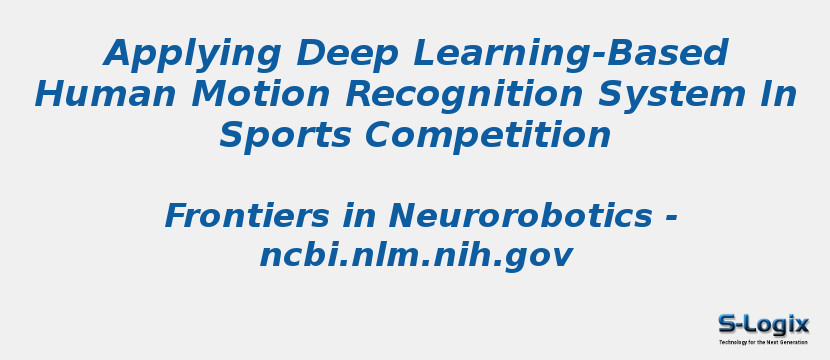Research Area: Machine Learning
The exploration here intends to compensate for the traditional human motion recognition (HMR) systems poor performance on large-scale datasets and micromotions. To this end, improvement is designed for the HMR in sports competition based on the deep learning (DL) algorithm. First, the background and research status of HMR are introduced. Then, a new HMR algorithm is proposed based on kernel extreme learning machine (KELM) multidimensional feature fusion (MFF). Afterward, a simulation experiment is designed to evaluate the performance of the proposed KELM-MFF-based HMR algorithm. The results showed that the recognition rate of the proposed KELM-MFF-based HMR is higher than other algorithms. The recognition rate at 10 video frame sampling points is ranked from high to low: the proposed KELM-MFF-based HMR, support vector machine (SVM)-MFF-based HMR, convolutional neural network (CNN) + optical flow (CNN-T)-based HMR, improved dense trajectory (IDT)-based HMR, converse3D (C3D)-based HMR, and CNN-based HMR. Meanwhile, the feature recognition rate of the proposed KELM-MFF-based HMR for the color dimension is higher than the time dimension, by up to 24%. Besides, the proposed KELM-MFF-based HMR algorithm-s recognition rate is 92.4% under early feature fusion and 92.1% under late feature fusion, higher than 91.8 and 90.5% of the SVM-MFF-based HMR. Finally, the proposed KELM-MFF-based HMR algorithm takes 30 and 15 s for training and testing. Therefore, the algorithm designed here can be used to deal with large-scale datasets and capture and recognize micromotions. The research content provides a reference for applying extreme learning machine algorithms in sports competitions.
Keywords:
Deep Learning
Human Motion Recognition System
Sports Competition
kernel extreme learning machine (KELM)
Author(s) Name: Liangliang Zhang
Journal name: Frontiers in Neurorobotics
Conferrence name:
Publisher name: Frontiers Media S.A.
DOI: 10.3389/fnbot.2022.860981
Volume Information:
